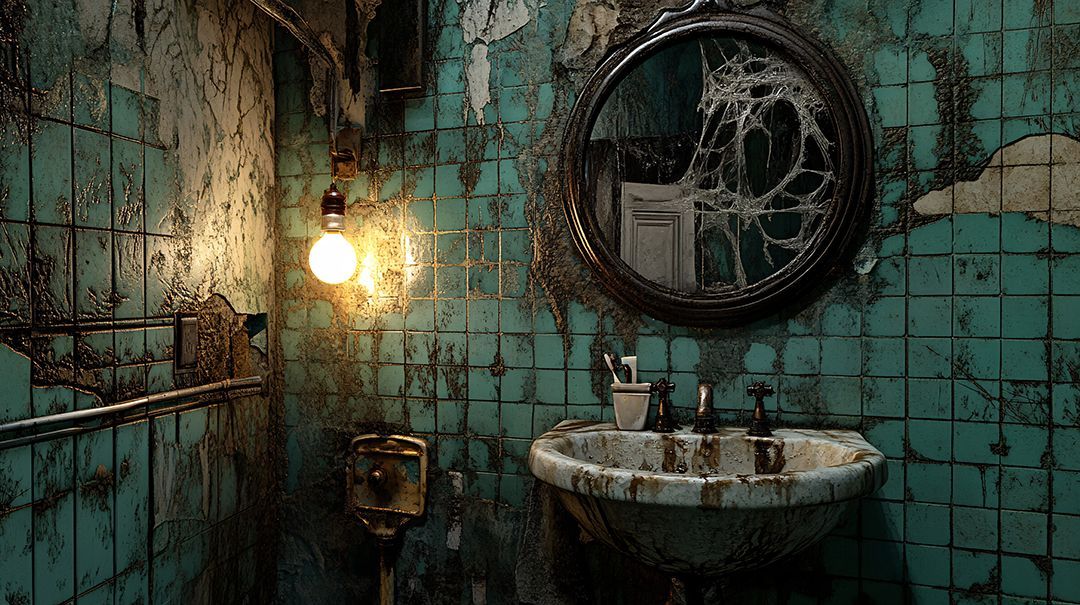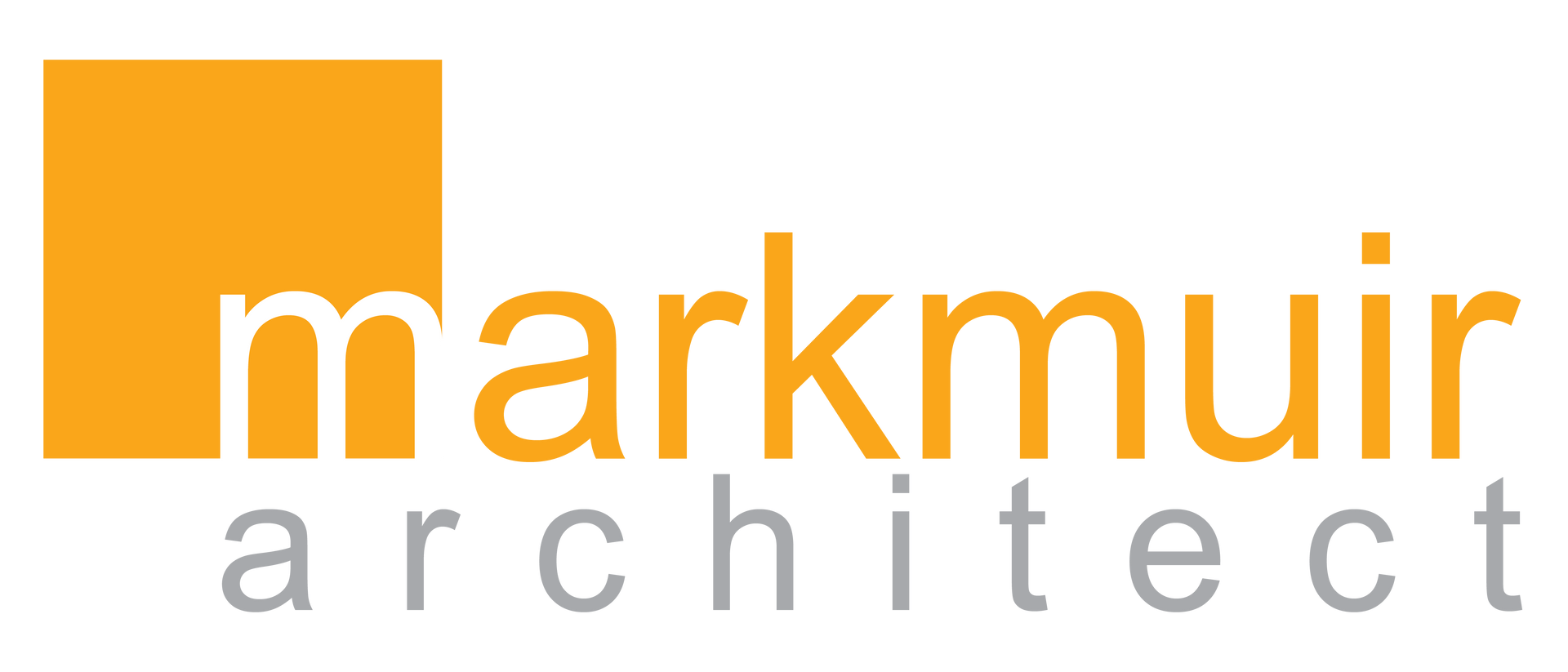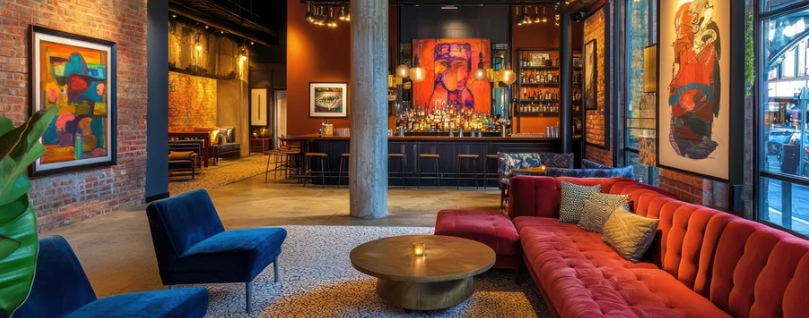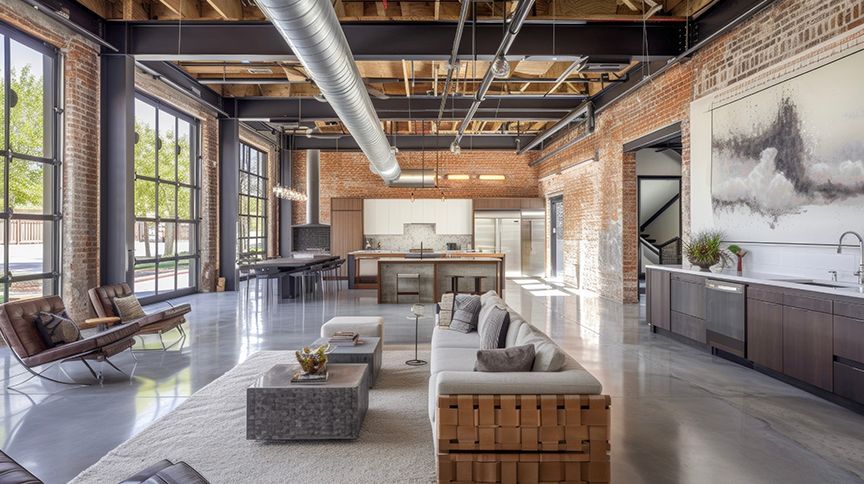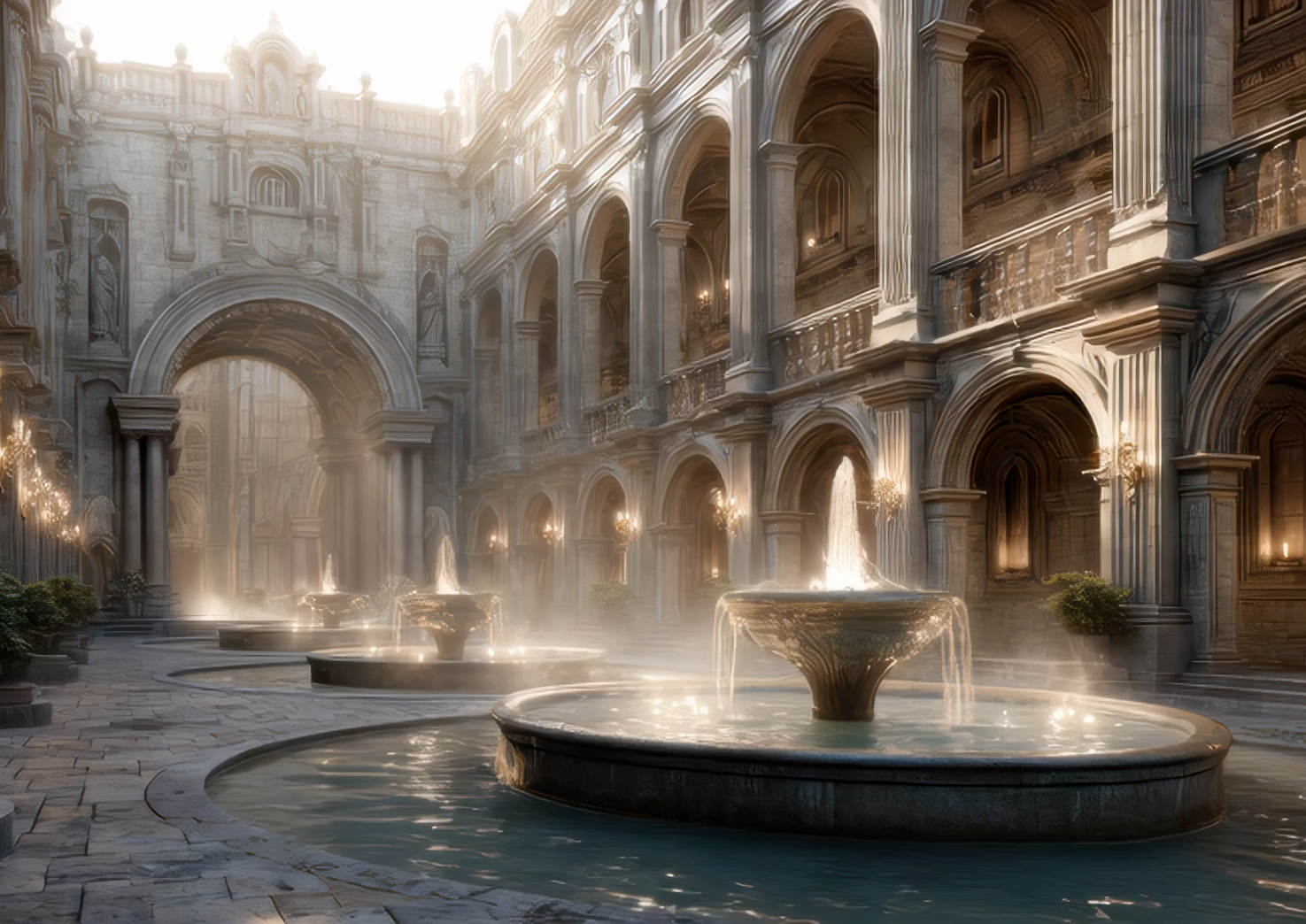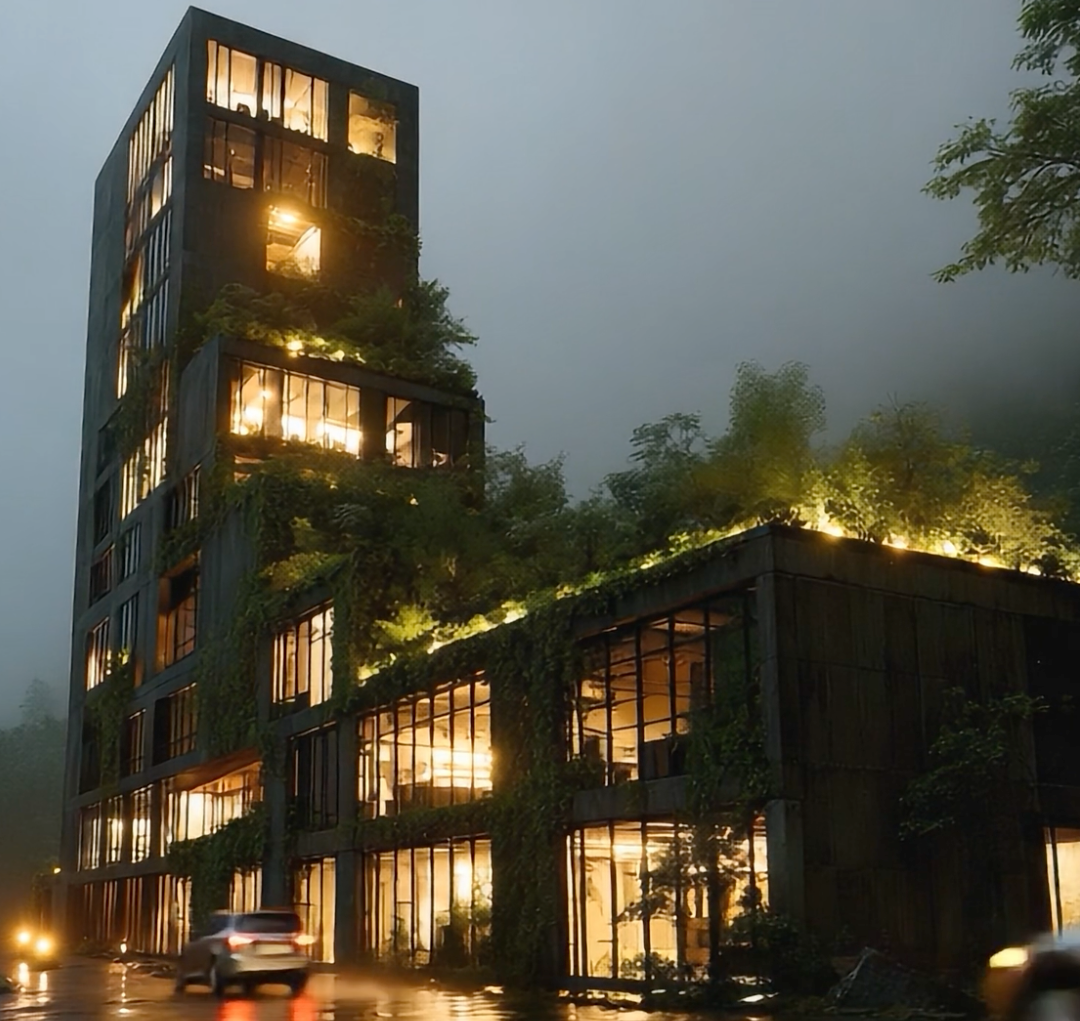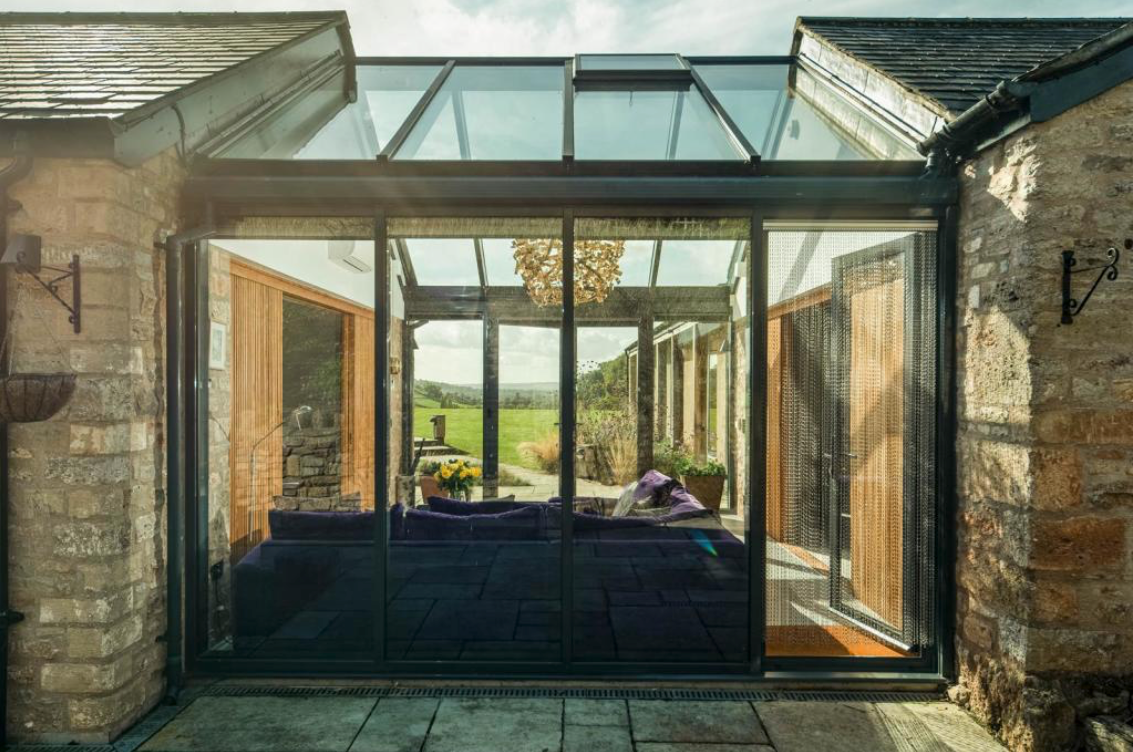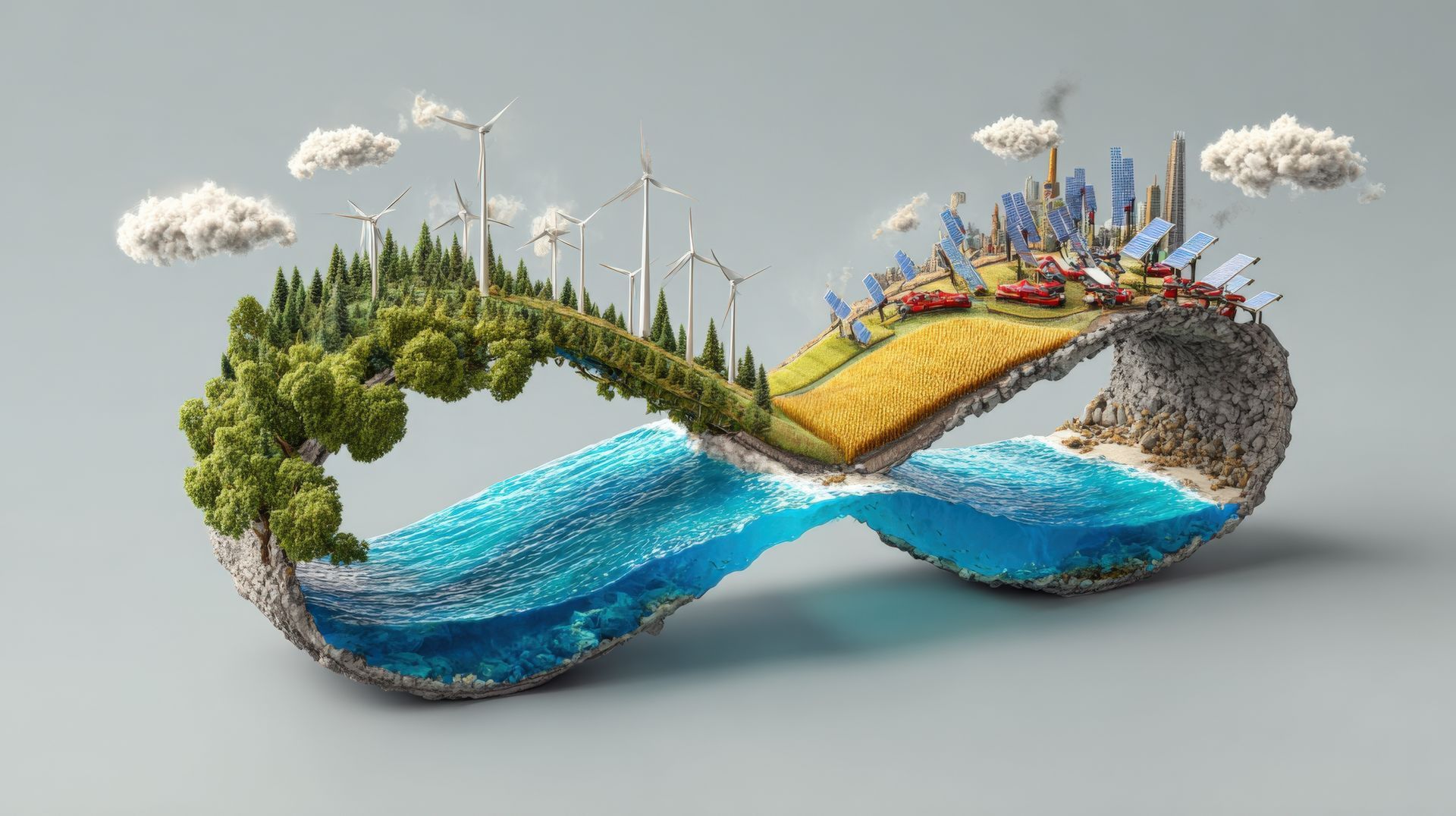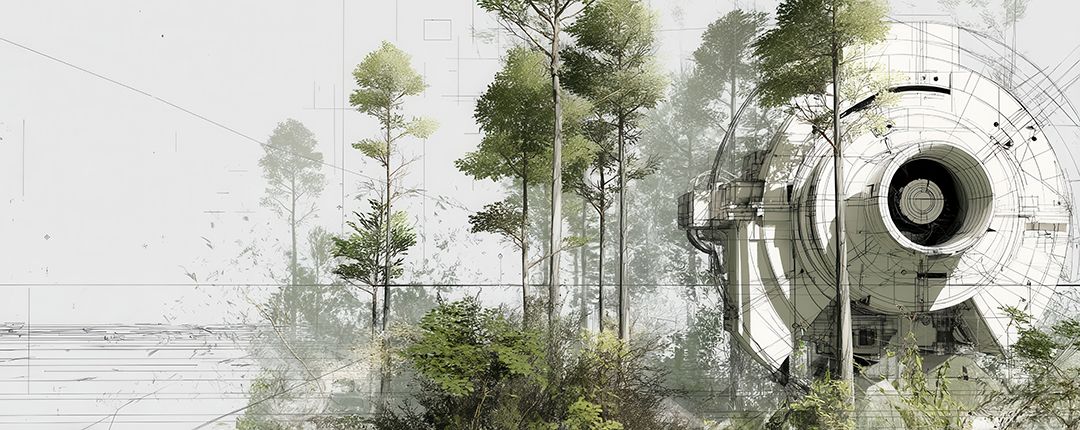What's Hot In Sustainability 2025: No 10
Increased Demand for Green Skills:

The New Foundation of Architecture and Design
Across the built environment, we’re witnessing a fundamental shift. Sustainability is no longer a specialist discipline—it’s become the core language of contemporary architecture and design.
We’re seeing this play out across every stage of the design process. Clients, consultants, and collaborators increasingly expect environmental awareness to underpin each decision we make—from concept through to completion. The demand for green skills has never been higher, and it’s reshaping what it means to be a design professional today.
Designing for a Changing World
The conversation around climate is now embedded in practice. It’s no longer enough to create spaces that simply look beautiful—they must perform beautifully too.
Understanding embodied carbon, energy modelling, circular material strategies, and biodiversity net gain has become part of the everyday vocabulary in the studio. These considerations aren’t limiting creativity—they’re expanding it. The most exciting projects now emerge from the intersection of sustainability and imagination.
The Skills Defining the Future Studio
The design industry is developing a new skill set—one that blends artistry with environmental intelligence.
- Architects and designers are integrating passive design and adaptive reuse principles into the earliest sketches.
- Technologists and BIM teams are using digital tools to predict, measure, and improve carbon outcomes.
- Project managers are steering specifications and procurement with sustainability criteria at the forefront.
- Interior and landscape designers are exploring regenerative design—crafting places that heal as much as they inspire.
At MMA, we see this convergence of disciplines as the key to innovation. Green literacy isn’t a single skill; it’s a mindset shared across every team member.
Why Clients and Employers Are Demanding More
Sustainability is now directly linked to long-term value—financially, environmentally, and socially. Clients are seeking buildings that perform better, consume less, and contribute positively to their surroundings.
Investors and local authorities are reinforcing this shift through ESG reporting, net-zero frameworks, and design performance targets. As a result, practices with strong sustainability credentials are now the ones leading conversations about design excellence.
In short: environmental competence is now commercial competence.
Building the Next Generation of Design Leaders
For designers, this moment represents enormous opportunity. Investing in green skills—whether through environmental design training, material innovation, or collaborative R&D—is becoming a marker of future relevance.
We believe the next generation of design leaders will be those who see sustainability not as a constraint, but as the foundation of creativity itself. When environmental responsibility and aesthetic ambition align, truly transformative design becomes possible.
If you’re exploring how to embed sustainability into your next project—or how to upskill your team for a greener future—let’s connect. The future of great design will be measured not just by form or function, but by integrity and impact.
